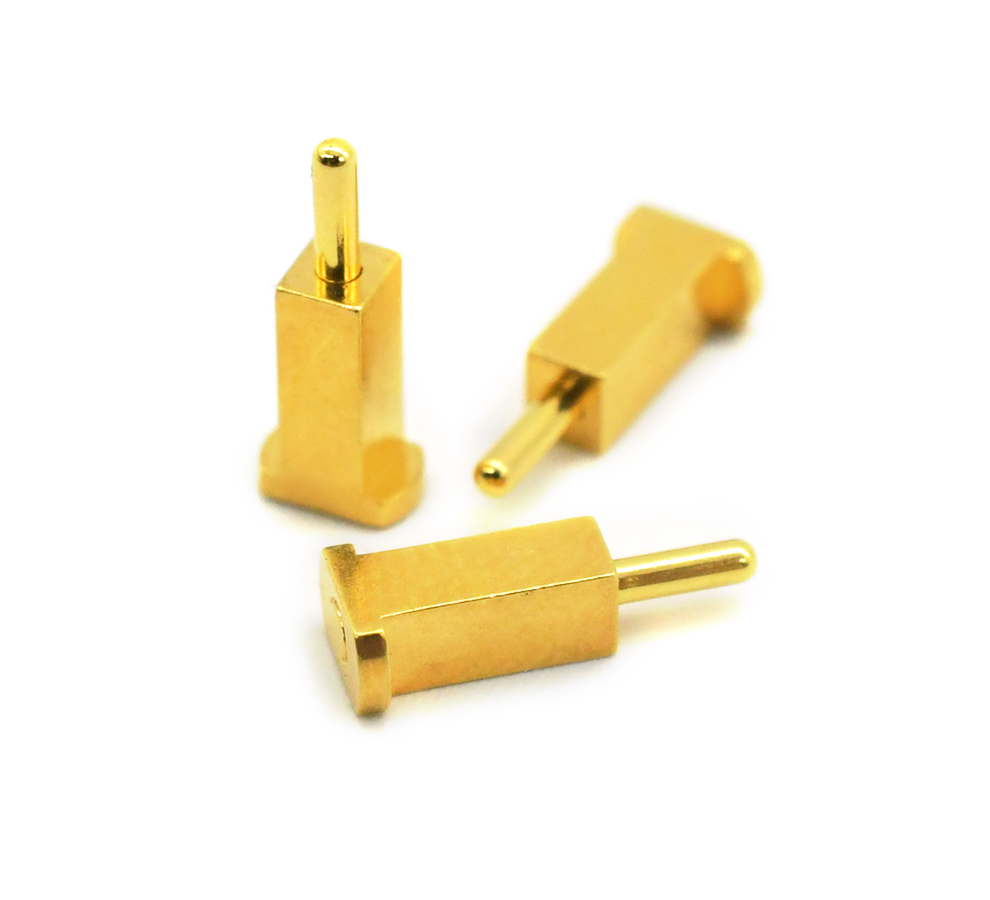Time:2025-06-27 Views:1 source:News

The manufacturing process of spring pins and spring - loaded pins (also known as pogo pins) is a precise and multi - step procedure that combines advanced machining techniques and strict quality control measures to ensure the production of high - performance components. These pins are widely used in various electronic devices for electrical connection and mechanical support, and their quality directly affects the reliability and functionality of the final products.
The first step in the manufacturing process is material selection. High - quality materials, such as stainless steel, beryllium copper, or phosphor bronze, are commonly used due to their excellent mechanical properties, including high strength, good elasticity, and corrosion resistance. For example, beryllium copper is often preferred for its high conductivity and superior spring characteristics, which are essential for maintaining stable electrical contact and mechanical resilience.
Once the material is selected, the next stage involves wire drawing. The raw material wire is passed through a series of dies to reduce its diameter and improve its surface finish and mechanical properties. This process gradually refines the wire to the desired size, ensuring consistent dimensions and mechanical strength. After wire drawing, the wire is cut into appropriate lengths to form the basic pin blanks.
The subsequent key process is the shaping of the pins. For spring pins, this may involve forming the head and tail ends with specific geometries, such as a rounded head for easy insertion and a flat or grooved tail for better grip or connection. In the case of spring - loaded pins, a more complex process is required. The pin body is typically drilled to create a cavity for housing the spring and plunger. Precision machining techniques, such as CNC (Computer Numerical Control) machining, are employed to ensure accurate hole dimensions and smooth internal surfaces.
The spring manufacturing is another crucial part. Springs for pogo pins are usually made from spring - grade materials through processes like coiling and heat treatment. Coiling forms the wire into the desired helical shape, while heat treatment, including annealing and tempering, is carried out to enhance the spring's elasticity, strength, and durability. After the spring is manufactured, it is inserted into the pin body cavity along with the plunger. The plunger is often made of a material with good wear resistance and electrical conductivity, such as gold - plated brass.
Finally, surface treatment is applied to the pins. Common surface treatments include plating, such as gold plating or nickel plating. Gold plating, in particular, is widely used because it provides excellent electrical conductivity, corrosion resistance, and low contact resistance, which are essential for maintaining reliable electrical connections. After surface treatment, the pins undergo strict quality inspection, including dimensional measurement, electrical performance testing, and mechanical durability testing, to ensure that they meet the required specifications before being packaged and shipped for use.
Read recommendations:
European standard to American standard charging gun adapter (without screws)